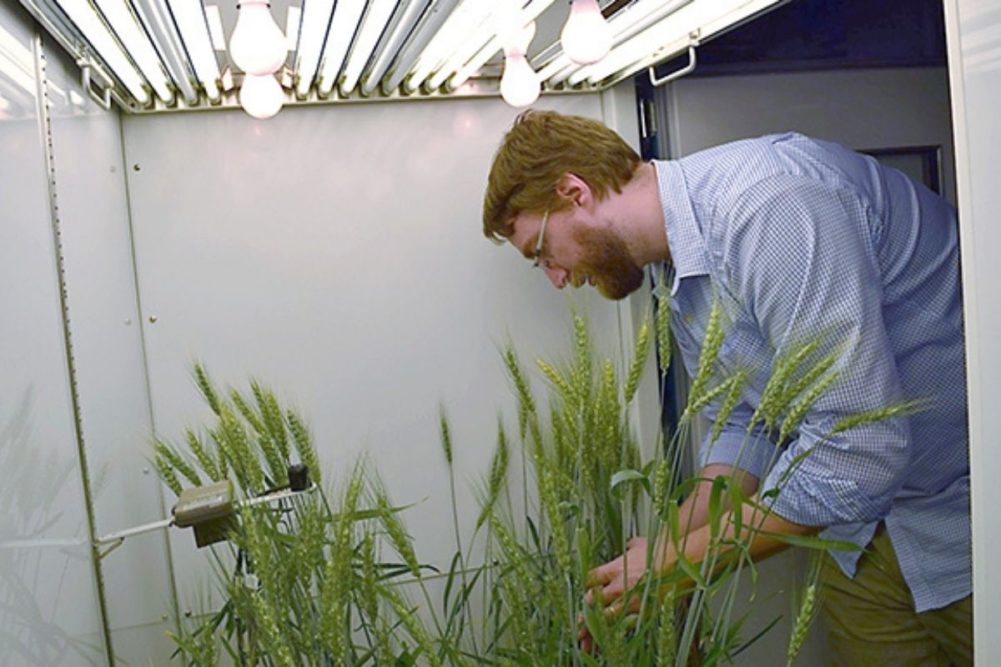PEORIA, ILLINOIS, US — Scientists at the US Department of Agriculture’s Agricultural Research Service are striving to get in front of global climate change’s impact on wheat, which potentially threatens nutritional and end-use quality for wheat growers and millers alike.
Researchers at USDA’s chief scientific in-house research agency are evaluating wheat’s climate resiliency and its metabolic response to higher CO2 levels in the atmosphere. Results of their studies were published Jan. 10 in the journal Scientific Reports, the agency said.
In growth-chamber experiments in Peoria, Illinois, US, scientists are subjecting more than a dozen varieties of wheat to a pair of stressors. The first stressor comes from exposure to carbon dioxide (CO2) levels of up to 1,000 parts per million, a global atmospheric concentration of the greenhouse gas that is projected by the year 2100 absent mitigation measures. The other stressor is infection by the fungus Fusarium graminearum.
The fungus, which thrives under warm, wet conditions, causes Fusarium head blight, a costly disease of wheat, barley and oat crops worldwide that can damage the grain and contaminate it with mycotoxins, rendering the grain unsafe for food or animal feed use.
The researchers’ goal is to preempt the metabolic response of Fusarium head blight-resistant wheat plants to high CO2 levels: namely, a build-up of starch and other carbohydrates that corresponds to a drop in grain protein and mineral levels. Results from the experiments also suggest this nutrient loss can raise the risk of mycotoxin contamination and threaten grain end-use quality, potentially delivering an economic hit to both wheat growers and millers.
The team’s findings will help breeding efforts to build wheat’s climate resiliency and help guide growers to adopt crop management strategies that could offset wheat’s metabolic responses to high CO2 levels.






